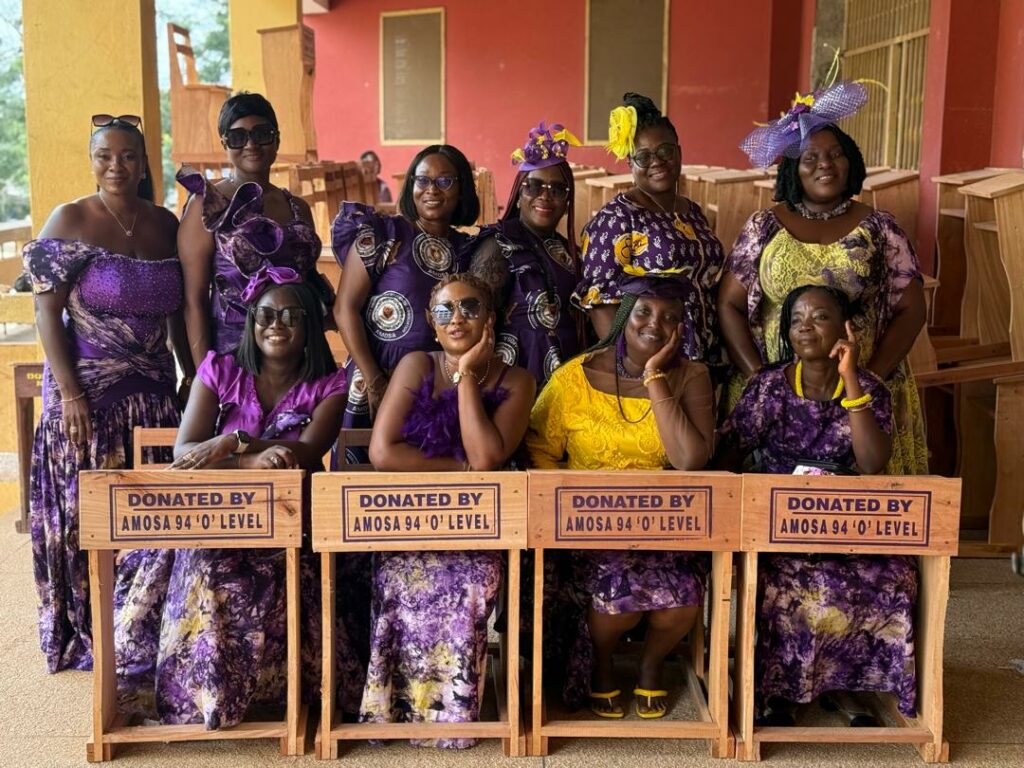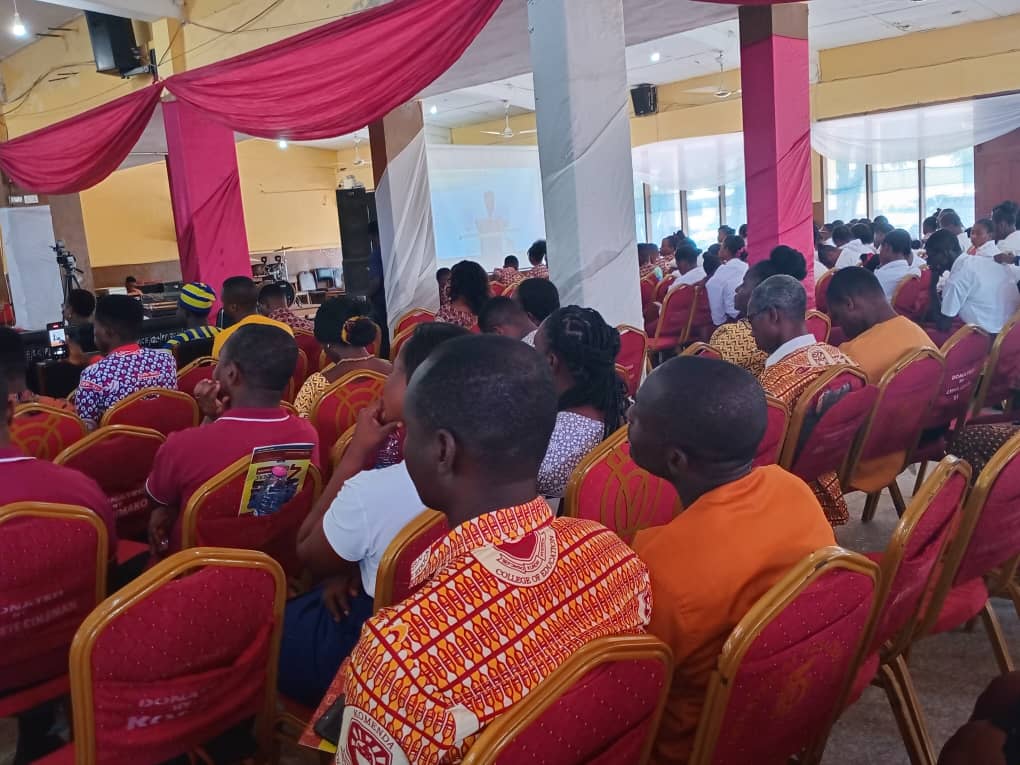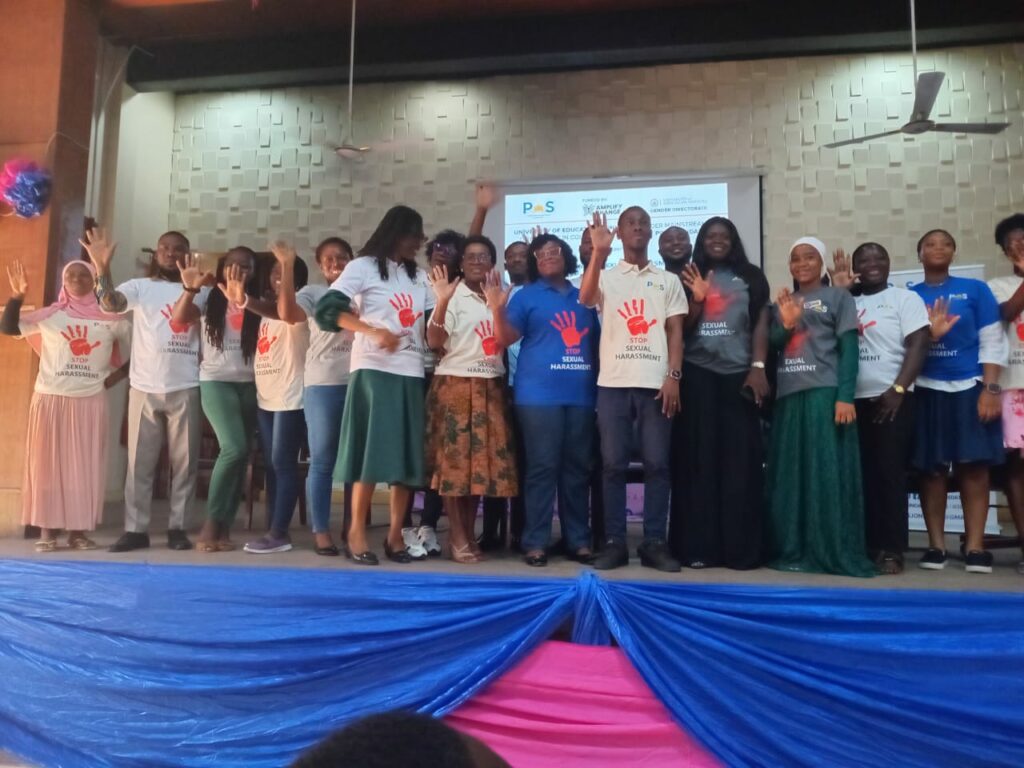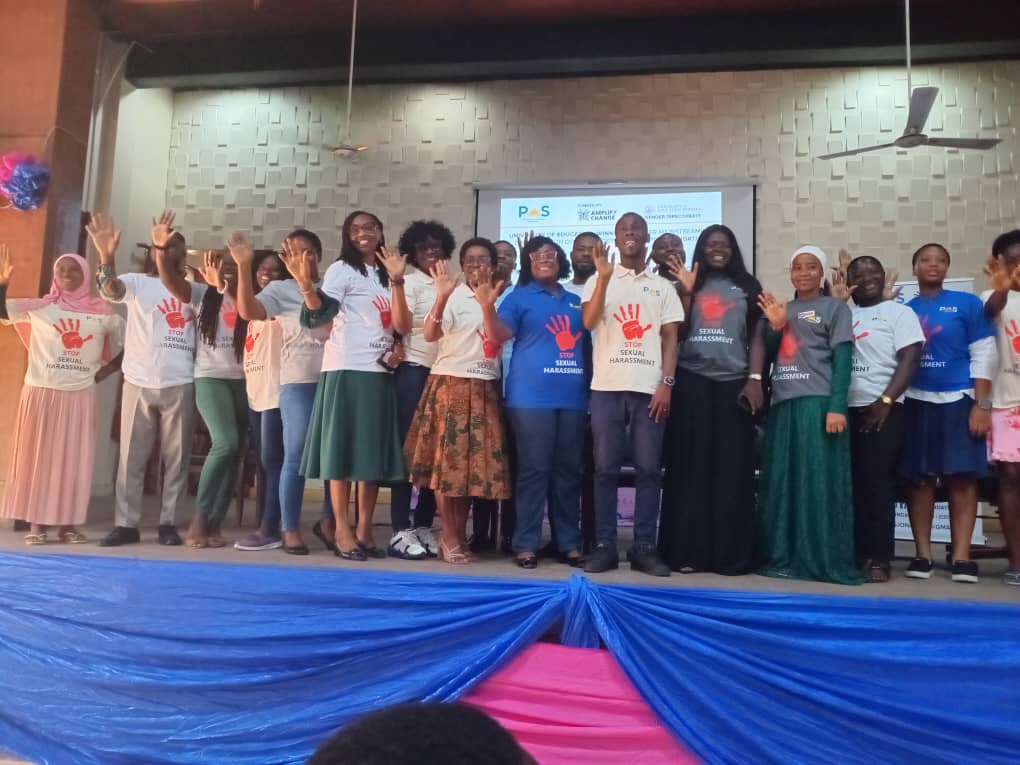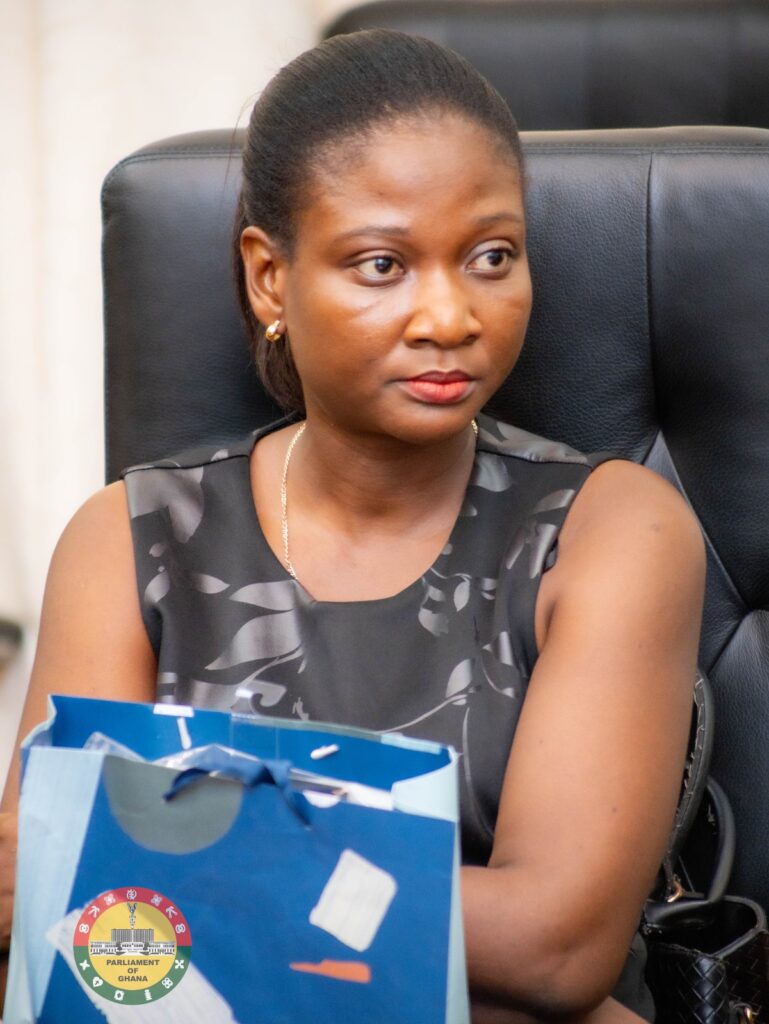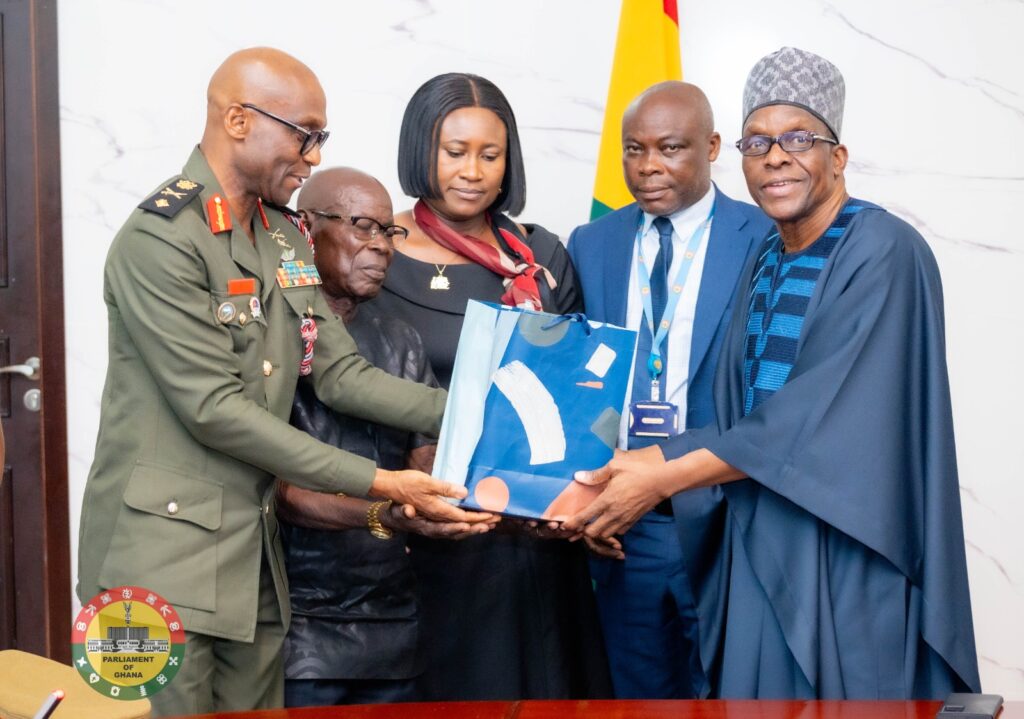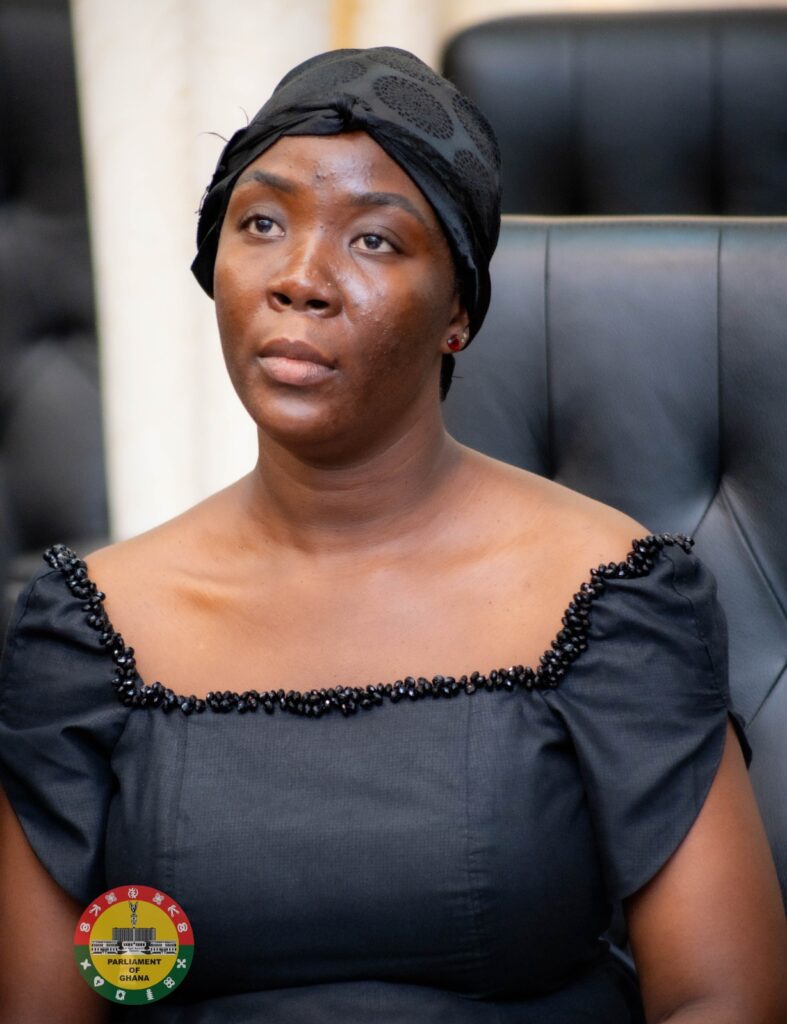From Joana Kumi, Cape Coast
The Director of Feeder Roads in the Central Region, Mr. Abudulai Braimah, has revealed that 52 feeder roads in the region have been left abandoned due to financial constraints.
He made this known during a working visit by the Central Regional Minister, Hon. Eduamoah Ekow Panyin Okyere to various government agencies within the region.
During the visit, which was attended by officials from the Central Regional Coordinating Council (CRCC), Mr. Braimah expressed concern over the persistent delays in funding that have stalled several road construction projects.

“We often complete all the required processes and are assured that funds will be released within a specified period. Unfortunately, these promises are frequently unfulfilled, making it impossible to continue our work,” he lamented.
He further noted that, apart from funding issues, the department also faces severe logistical challenges that hinder its operations.
He suggested that the government should consider partnering with private organizations to help bridge the financial gap and facilitate the completion of road projects.
Other departments voice their concerns
As part of his tour, the Minister also visited key institutions, including the Department of Urban Roads, the Ghana Highway Authority (GHA), the Ghana National Fire Service (GNFS), and Cape Coast Technical University (CCTU), where he interacted with officials about their challenges and the way forward.
At the Department of Urban Roads, the Director, Mr. Jacob Nelson, reaffirmed that the lack of logistics has significantly affected their operations.

He also disclosed that their office operates from a rented facility and that efforts were underway to
construct a permanent office as they have already secure land.
He appealed to the Minister to facilitate support to fast-track the process.
At the Ghana Highway, the Regional Director, Mrs. Mercy Payne, raised concerns over increasing encroachment on road reserves.
She explained that such encroachments pose a major challenge to future road expansion projects and also put road users at risk.
“Encroachment on road reserves not only hampers road expansion efforts but also creates safety hazards for motorists and pedestrians. We need stringent enforcement of regulations to address this issue,” she stressed.
During the Minister’s visit to the Ghana National Fire Service (GNFS), Assistant Chief Fire Officer (ACFOII) and a Regional Commander of the Department, Merinda Mary Attigah-Mensah highlighted several pressing challenges, including inadequate firefighting equipment, limited training resources, and a shortage of essential office furniture and tools.
She also expressed concerns about poor urban planning, which often makes firefighting efforts difficult.
“Many buildings are constructed without proper access routes for emergency responders. In some cases, when a fire breaks out, we struggle to reach the scene because there is no entry point for our fire trucks. This greatly hampers our ability to save lives and property,” she noted.

CCTU commends minister’s engagement
At Cape Coast Technical University (CCTU), the Vice-Chancellor, Professor Kwaku Adutwum Ayim Boakye, lauded the Minister for his visit, describing it as a proactive step in understanding institutional challenges firsthand.
He assured the Minister that CCTU remained committed to equipping students with technical and vocational skills that would contribute meaningfully to national development.
Minister calls for professionalism and community participation
Addressing stakeholders at various institutions, the Regional Minister urged professionals to remain committed to their duties and assured them that the government was making efforts to provide the necessary resources to support their work.
“The government is doing everything possible to ensure that institutions receive the necessary support, but professionalism and dedication to duty are equally essential,” he stated.
He also called on all institutions to play an active role in addressing illegal mining, popularly known as ‘galamsey,’ which continues to pose a threat to the country’s environment and water bodies.
Additionally, he encouraged all government agencies to participate in the monthly regional clean-up exercise, held on the last Saturday of every month, to promote environmental cleanliness and public health.



